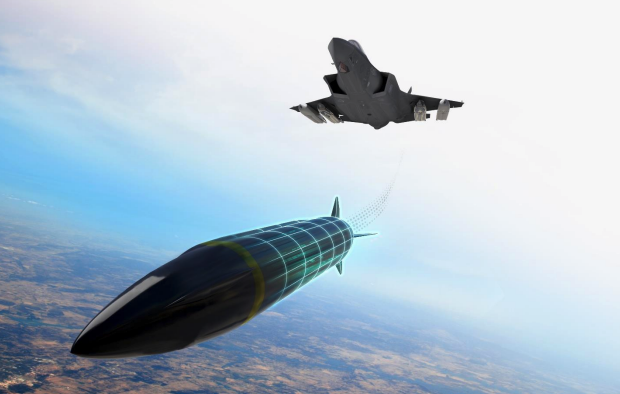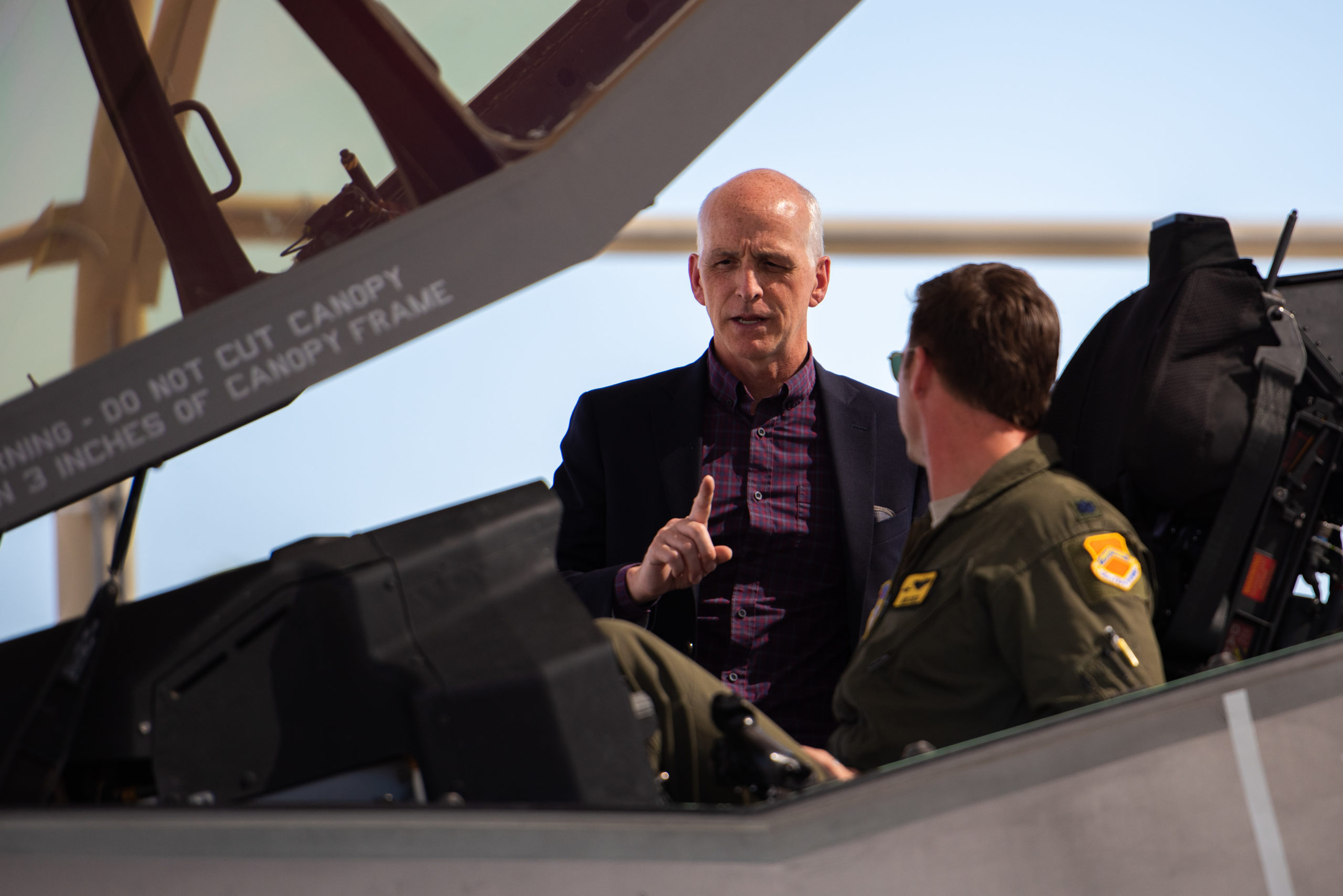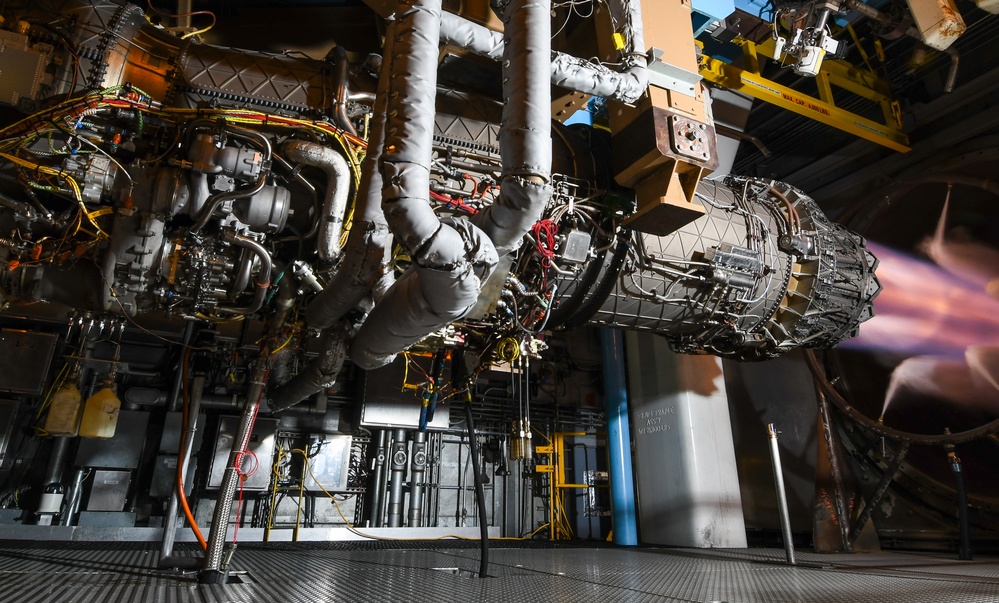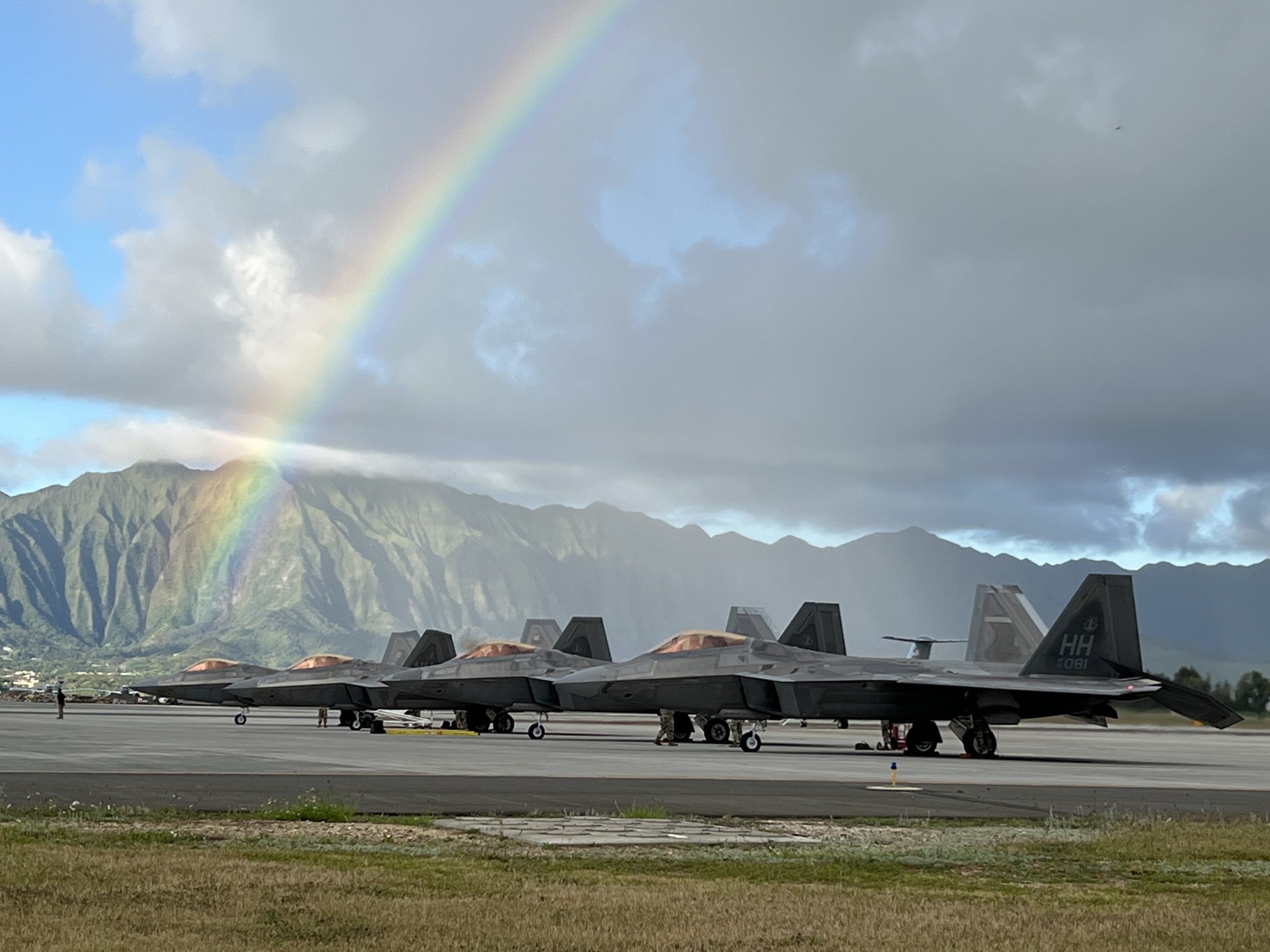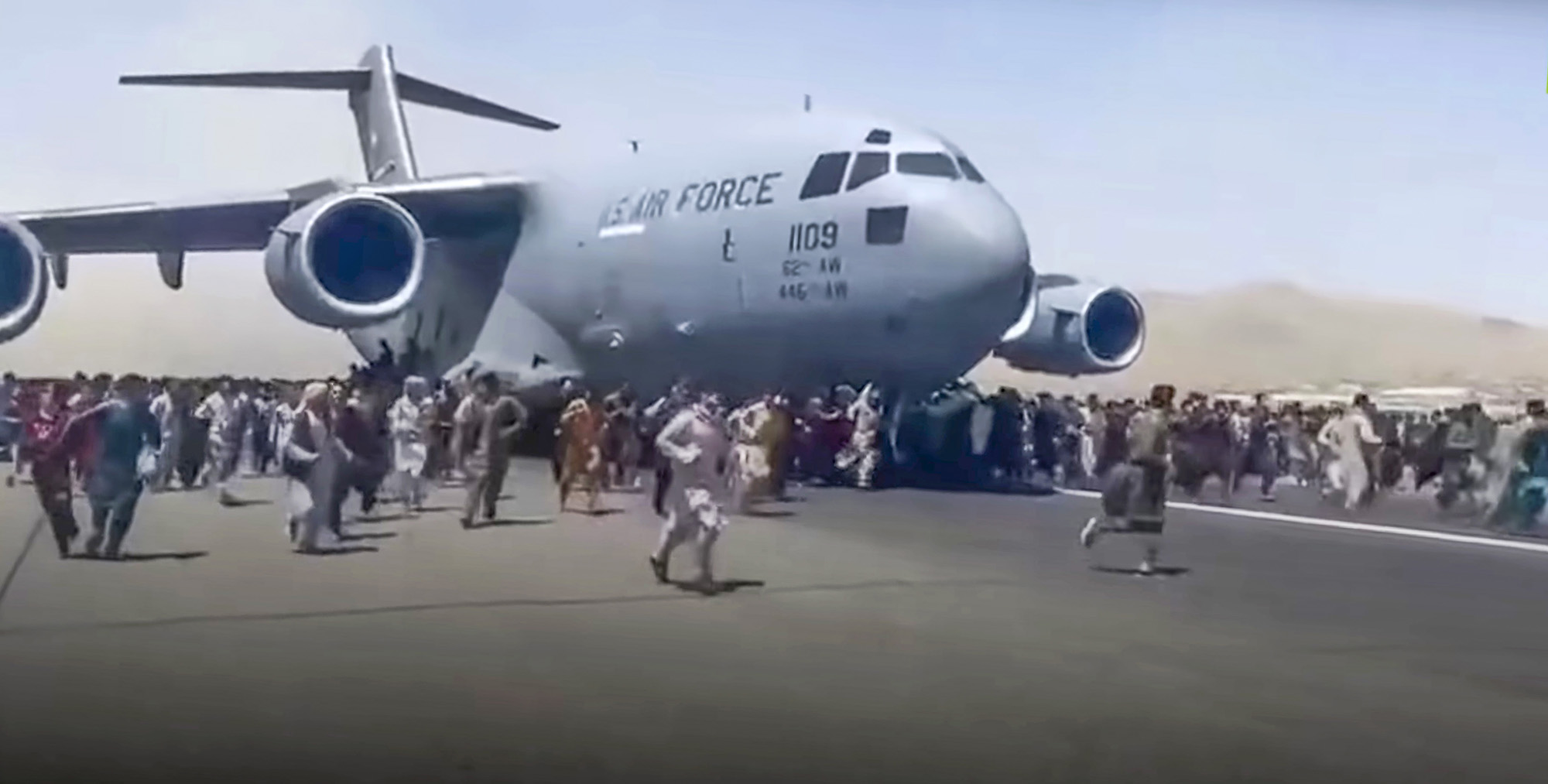The Washington, D.C., Chapter of the Society of Professional Journalists recognized four Air Force Magazine editors June 14 for excellence in journalism.
Editorial Director John T. Tirpak took home two awards, including first place in the magazine non-breaking news category for his feature, “Catching Up on Hypersonics,” from the April 2021 print issue. In the article, Tirpak digs into the obstacles the U.S. must still overcome as it urgently works to catch up with China and Russia when it comes to hypersonic weapons, including shortages of talent, testing capacity, and supply.
Tirpak also was named a finalist in the newsletter/trade publication breaking news category for his May 14 AirForceMag.com article, “Air Force Wants to Cut 421 Old Fighters, Buy 304 New Ones,” which previewed the Air Force’s 2023 budget request.
News Editor Amy Hudson and former Pentagon Editor Brian Everstine were named finalists in the investigative journalism category for their feature, “Defending Forward Bases,” which also ran in the April 2021 issue. Again, the U.S. is playing catch up to Russia and China, both of which have made big strides in missile technology as U.S. air base defense has languished.
Digital Editor Amanda Miller was named a finalist for her October 2021 feature, “Cislunar Space,” which explored the possible roles of U.S. Space Command and the Space Force in lunar orbit and in the space between the Earth and the moon as international and commercial interests advance a range of plans to ramp up activities there.
Members of the Society of Professional Journalists Hawaii Chapter judged the contest. See the full list of Dateline Awards winners and finalists.

